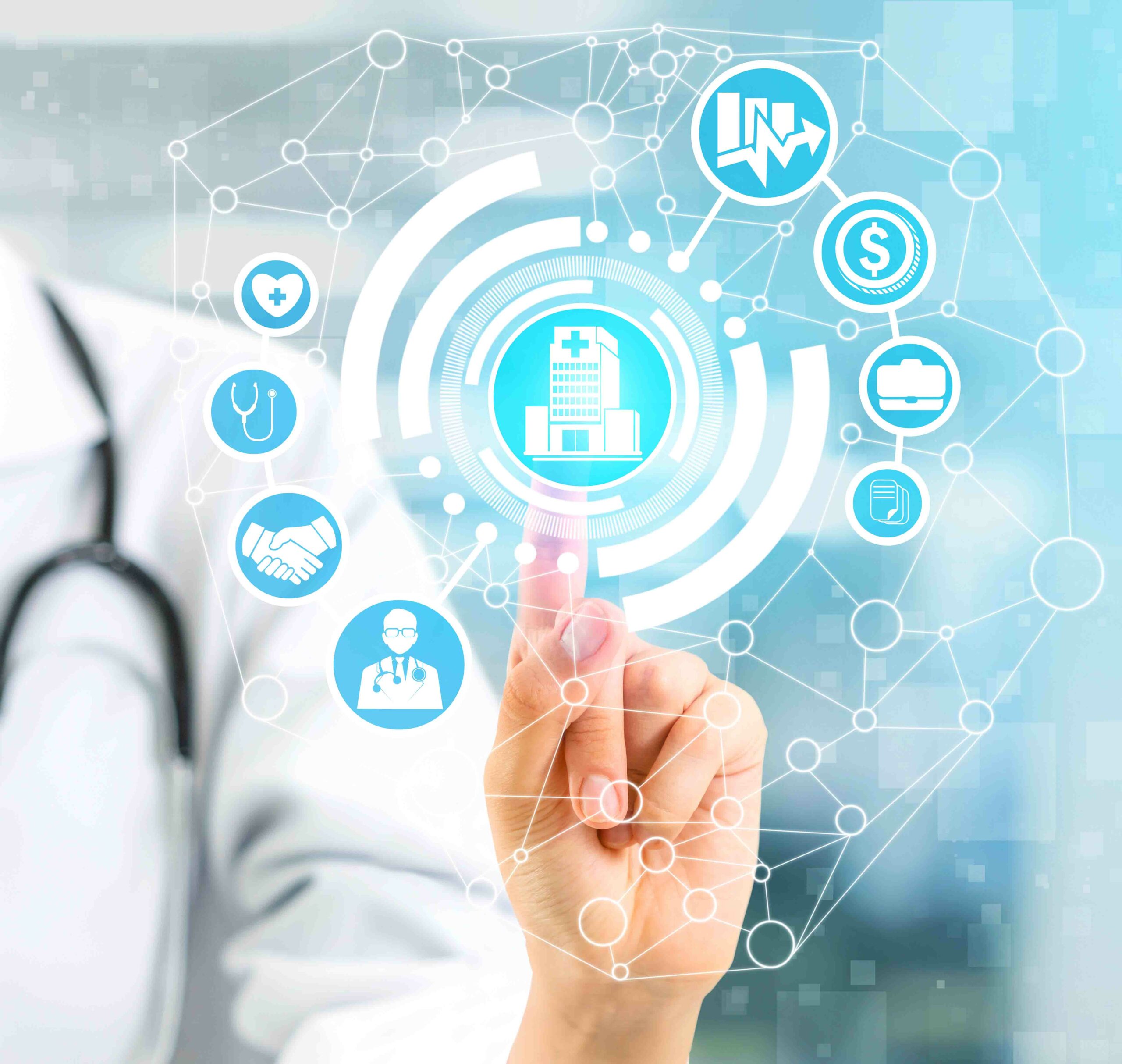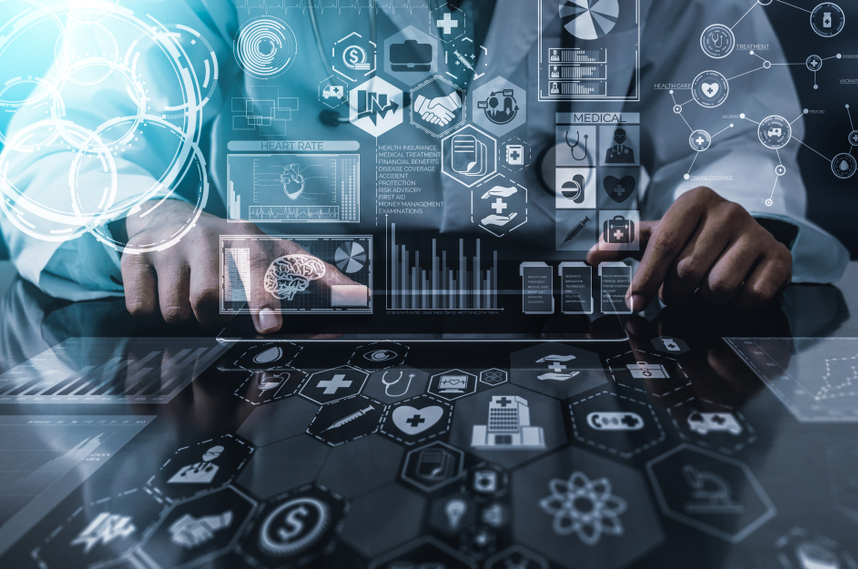Experian Health: Healthcare Payments Overhaul in 2022 — Focus on the Patient
“Healthcare is one of the only industries where we go get a service and don’t know what our cost is going to be until sometimes months after that service has been delivered,” Jason Considine, senior vice president of Experian Health, told PYMNTS in a recent article examining the healthcare payments overhaul that we're seeing.
That's certainly a problem in an industry that is becoming more and more "shoppable" by healthcare consumers looking for the best value and payment options. However, while there are digital financial tools and payment apps readily available and promoted in other aspects of financial life that consumers have grown to expect, Considine notes:
“Oftentimes in healthcare, providers don’t look into those things. They prescribe the same financial solution to all patients, regardless of unique financial disposition, and that can have an impact on a patient’s willingness and ability to receive care.”
How the Pandemic Affected Healthcare Payments...or Did It?
Considine points out that, while the pandemic certainly contributed to the current state of affairs, it's not totally to blame:
“I don’t think the pandemic increased the need for the refinement of the patient payment experience,” he said. “That needed to happen before the pandemic. What we’ve seen with the pandemic is it forced the adoption of telehealth and a variety of digital solutions because we didn’t want patients in waiting rooms and were worried about the spread of the disease.”

The pandemic compelled the industry to modernize at a faster rate than they might have in a "normal" environment, he goes on to say. This is boosted by new calls for better and quicker acquisition of patient health data needed to track the pandemic, as recently emphasized by former United States CDC directors.
Connecting With Healthcare Consumerization
In the PYMNTS post (and a 30-minute video for which it is well worth setting aside time) Considine cited company research showing how patient experience and provider financials are improved by upgrading systems and partnering with data experts to uncover vital patterns.
Noting that Experian Health studied the market right before COVID-19 hit, then again during the pandemic, he said, “80% of patients surveyed said the ability to pay online was an important healthcare experience to them, 90% of providers said they believe patients are more likely to pay their bills online than if they send them in the mail or through other means, and 93% of providers [said] improving the patient experience is a top priority for them.”

Those figures align with PYMNTS’ research into patient payments. The consumerization of healthcare is driving demand for the same digital ease, whether paying doctors or DoorDash.
“These tools exist and they’re available in other industries,” Considine said. “We are creatures of convenience, we have those conveniences in other aspects of our lives, and we want them in healthcare.”
Data Important for Healthcare Payments
The key to overhauling healthcare payments is leveraging the data to understand patient's behavior.
“It’s pretty common to look at how a patient has historically paid and use that to try to predict how they’re going to pay in the future,” Considine said, adding that more data needs to be utilized to get a broader financial picture to determine if a payment plant would be appropriate.

Data also applies to payments from payers. To realize the power of data, the industry will either need to achieve full adoption of electronic payments -- which history has proven may never happen -- or adopt a hybrid electronification strategy where AI and machine learning technologies are utilized to convert paper-based and PDF explanation of benefits (EOBs) and correspondence letters into EDI 835 files. These effectively create a file not only ingestible into systems for payment, but also presents the data to be utilized by providers and their systems -- achieving healthcare interoperability.